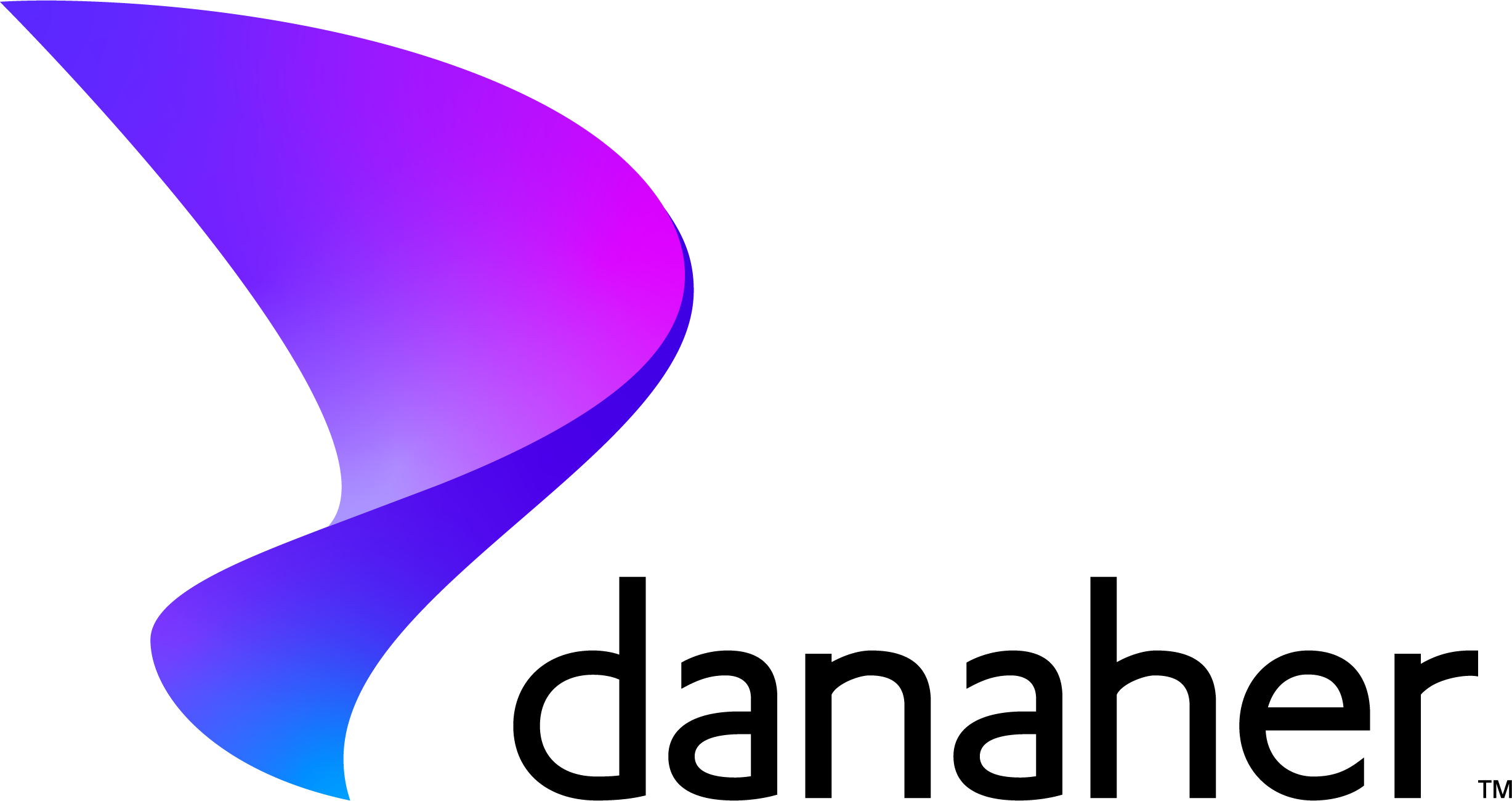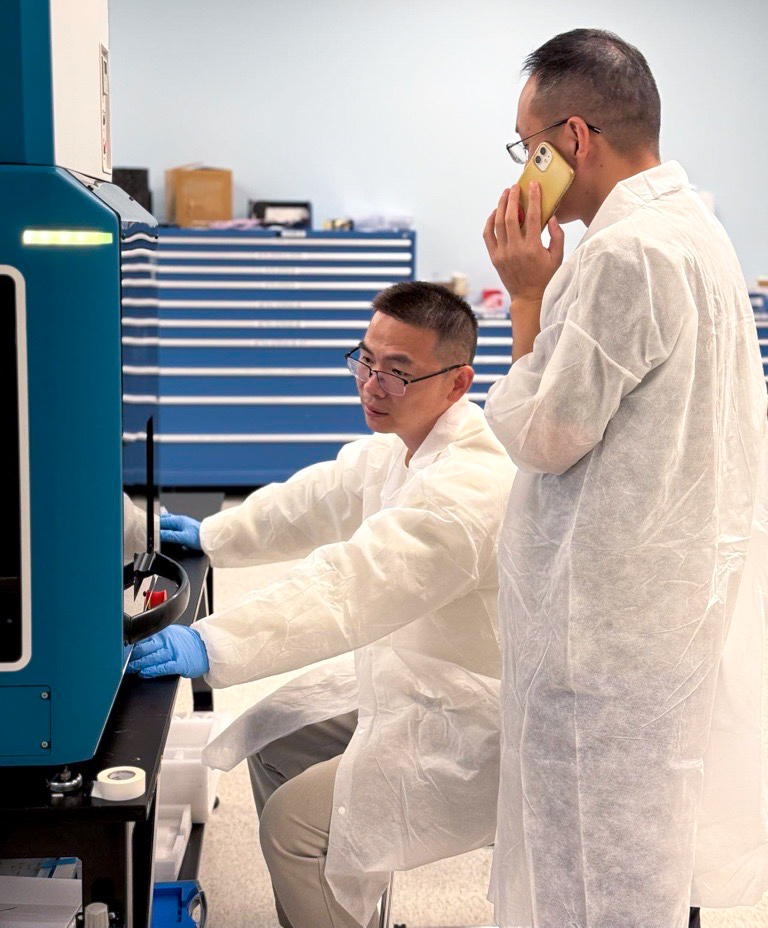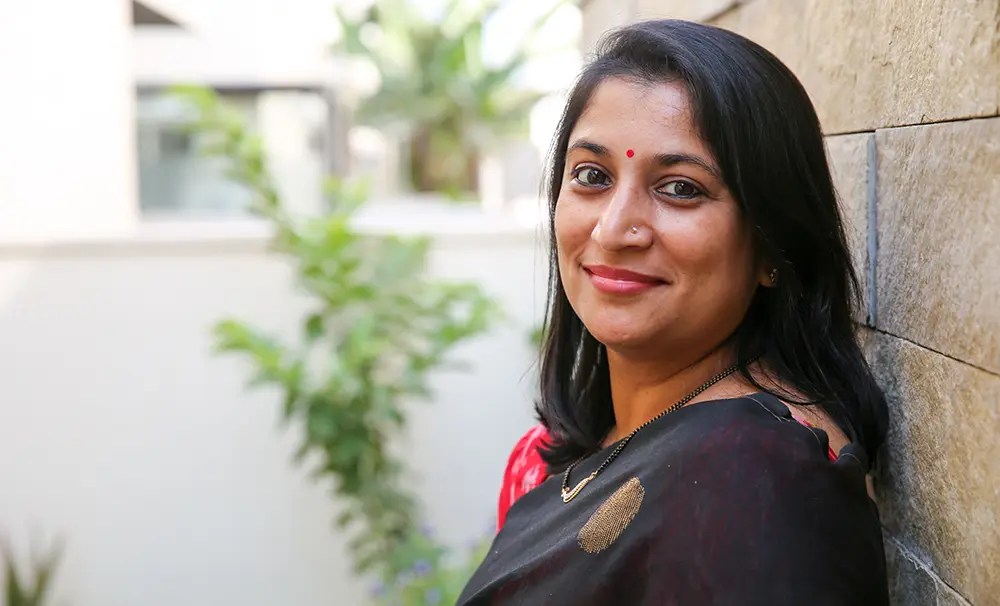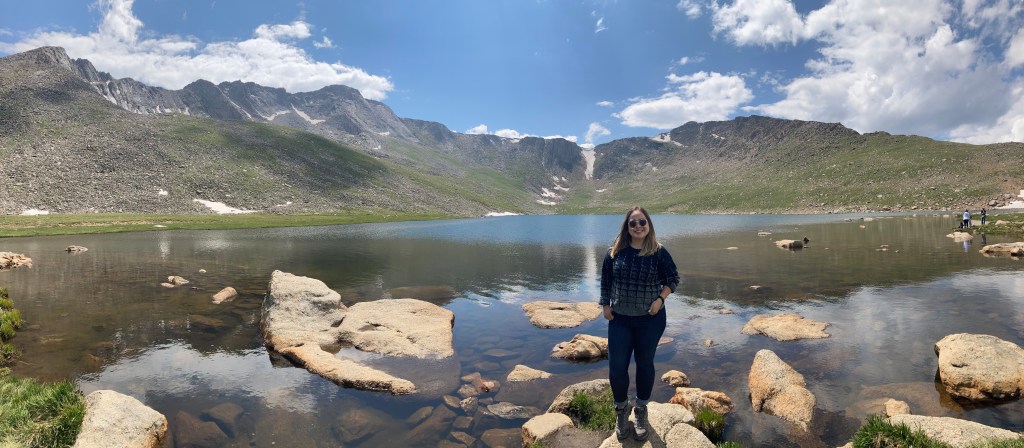Gaining industry experience can be a game-changer when you’re completing college and entering the workforce. That’s why internships can be so valuable. Just ask Zhiqiang Zhang, a systems engineer at Molecular Devices (a Danaher business), whose college internship at the company jump-started his award-winning engineering career in the life sciences.
Here are four things Zhiqiang gained by joining Molecular Devices.

1. A clear path of professional growth, right out of college
Before graduating from China University of Mining and Technology in 2016, Zhiqiang was thrilled to land a full-time internship with Molecular Devices’ engineering department in Shanghai. For the next 18 months, he supported manufacturing teams in resolving various internal quality issues with microplate readers.
“I didn’t know much about Molecular Devices or Danaher before taking the internship—but I’m very glad I made the leap,” he said. “The internship really set my direction in life sciences and unlocked my path for professional growth.”
The internship also gave Zhiqiang the opportunity to experience the company culture and determine if it was a good fit.
“The overall atmosphere at Molecular Devices is very relaxed,” he said. “We can all share ideas openly, and individual efforts and abilities are valued and rewarded. Molecular Devices really values product quality, and I believe any company that values the quality of its products is a great place to work.”
For Zhiqiang, Molecular Devices was indeed the perfect fit. After graduation, he was offered a permanent role as a manufacturing engineer in the Shanghai plant’s Operations department, making him the first intern to be hired by the company for an engineering role. He welcomed the opportunity and has never looked back.
Four years later, when the company established a new R&D department in Shanghai, Zhiqiang was matched as a great candidate for an open role through Danaher Go, an internal program that helps Danaher companies promote from within. He was offered the role, which was a promotion, and was excited to take on new responsibilities as a mechanical engineer. A few years later, he was promoted again—this time to his current role as a systems engineer.
2. Countless opportunities to excel and succeed
Today, Zhiqiang enjoys many facets of his work, including formulating design schemes, solving problems that arise from system integration, and conducting final system verification. But what he really loves is contributing to product innovation.
“I’ve had many memorable moments in my career to date, but one highlight was launching the first R&D product I worked on—the SpectraMax® Mini Multi-Mode Microplate Reader,” he said. “Beyond the successful launch, it won Danaher China’s New Product Gold Award at the 2023 Danaher Innovation Awards. That was my first time standing on such a big platform to share the successful experience of our project and receive the award on behalf of the team.”
Another standout moment for Zhiqiang came in 2022, when he became his department’s first “Outstanding Associate” award winner—an annual honor bestowed on those who meet exceptional performance and career development goals.
Looking ahead, Zhiqiang is excited about opportunities for future growth. Eventually, he’d love to become a senior systems engineer, a department manager, or even the chief engineer overseeing the entire Shanghai R&D department. Based on his impressive track record to date, these ambitions aren’t a stretch.

3. A culture of innovation
At Molecular Devices, associates are passionate about equipping researchers with next-generation technology that advances scientific discovery. By developing innovative solutions, the company helps customers unravel the complexity of biological systems and develop new therapeutics, to improve the quality of life worldwide.
Zhiqiang loves being part of it all.
“The life sciences industry has always attracted me—I love all the high-tech equipment, but especially the innovation behind it,” he said. “In my first job as a manufacturing engineer, I became keenly aware of how important product quality is to customers. Now as a systems engineer, I can influence device quality at the beginning of the design, and I always push our teams to design for quality and reliability. Our goal is to provide robust, innovative devices to improve scientists’ work efficiency.”
4. A caring, supportive community
Another thing Zhiqiang enjoys is the sense of belonging he’s found within his work community. These strong connections began early on.
“I remember just after graduation my father was seriously injured in a car accident and was in the Intensive Care Unit for several weeks. Our savings quickly ran out,” said Zhiqiang. “My colleagues in various departments took the initiative to collect and donate money to help tide me over during the initial financial difficulties. They are generous in their support—a true community.”
Strong work relationships like these go a long way to creating a happier, healthier and more engaged workplace—and for Zhiqiang, they provide one more confirmation that he’s in the right company, doing the right work with the right people.

Want to learn more about careers like Zhiqiang’s?
Learn more about working at Molecular Devices, a Danaher Life Sciences business, and apply for open roles.









